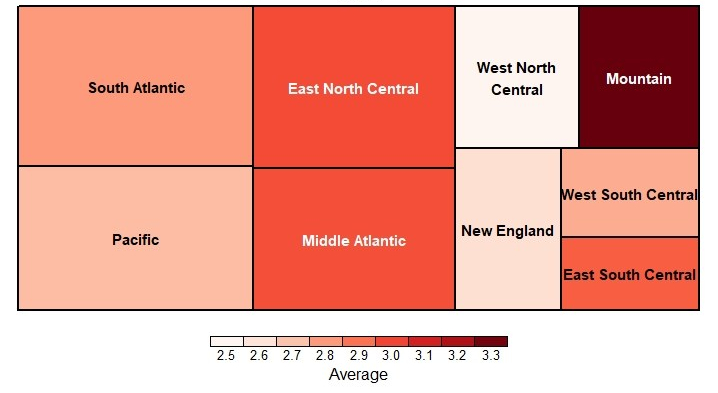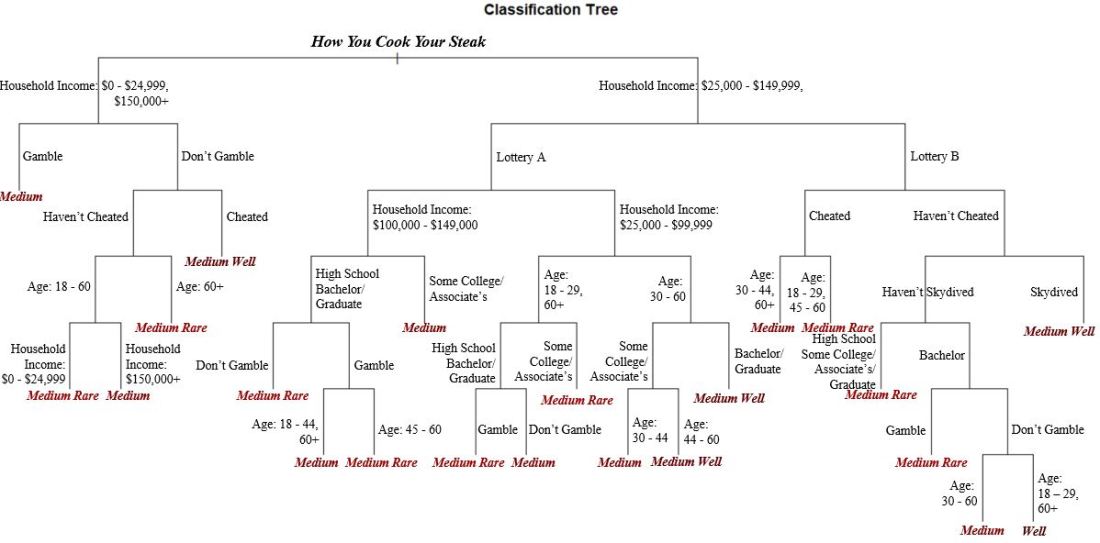I spent my whole life in the Charlotte area before going to college, so, naturally, all of my vacation time was spent going to Myrtle Beach. Beyond the put put (or mini-golf as it is known by the elite) and getting burnt on the beach, one tradition that sticks out in my mind is going to Miyabi Japanese Steak House.
An interaction that sticks out in my mind happened at this restaurant, between the acrobatic shrimp tossing and the onion volcano (spoiler alert). Taylor, one of my best friends from high school, and his parents had brought us to the steakhouse, as they always did. Ryan, again, a best friend, had never been to such an establishment. When the grand master hibachi chef asked Ryan how he wanted his steak cooked, he replied, “Well done…”. It was silent…
Then Taylor and his parents erupted in laughter, followed by the rest of the table. Ryan scrambled, gasping, “No! Not well done!…Medium well!” In our minds it wasn’t much better, his fate and our perception of him was sealed…
Why is their a stigma attached with the steak we order? Is it similar to what I receive when I order a Shirley Temple? A few years later, I am still curious. So, let’s dig in.
The Data
The data used for my analysis comes from a survey conducted by FiveThirtyEight. A topic that I had stumbled upon in my research of steaks and the human condition centered a lot around the tolerance of risk of a person and the temperature at which they order their steak. In a similar fashion, 538 used this survey to collect steak preferences, demographic data, and risk tolerance. For example, one question is, “Do you ever gamble?”
The percentage makeup of the respondents and how they order their steaks can be seen below (I sit firmly in the medium rare category with my fellow majority).

Risky Eater Ranch
After obtaining the data, I decided to see how geographical location may effect our carnivorous habits. I’m from North Carolina, where we have sophisticated tartar eaters living in harmony with mean, well-done, steak eating machines. I personally like mine medium rare – a commendable char with a spice of danger. But, enough about me, how do the different regions like their steaks cooked?

After coercing the 5 levels of steak temperature to numbers – Rare = 1, Medium Rare = 2, Medium = 3, Medum Well = 4, Well = 5 – we get a colored scale of where the regions sit. The size of the groups indicates the relative size that group makes up in our sample.
How do you compare to your region? New England and West North Central tend to like their steaks on the rarer side, with the Mountain region liking theirs as jerky.
Well, this is fine and good. But I haven’t yet defined if the cook of the steak that a person orders reflects their tolerance of risk. Let’s find out.
Factors Influencing Steak Temperature

To figure out which factors may influence our steak preference, I looked at the average steak cooking preference (again, as a number) for each category. For the top box to the left, the left column is the riskier alternative. Yes indicates you have taken part in these activities – a side note, cheating means cheating on a significant other – and Lottery A is the riskier option (you will see the question later).

The colors indicate what that group prefers: lighter red meaning a rarer cook and darker red indicating a more well done cook. At a glance, it appears that riskier activities translate to a rarer steak, on average, unless you skydive or cheat on a significant other. The oldest respondents also preferred a rarer steak and income modulated between choices.
Due to the variation between all of the categories, I decided to create a model to predict your steak preference based on your basic demographic information and risk tolerance (omitting regional domain).
Your Perfect Steak
My graph from before provided some insight, so I decided to set up a model that looks at the interactions between these variables to determine where you should be on the rare – well spectrum.
Think about these questions before checking out the tree below.
Consider the hypothetical situations (from 538’s survey):
- Do you eat steak? (If no, this will not apply to you.)
- In Lottery A, you have a 50% chance of success, with a payout of $100. In Lottery B, you have a 90% chance of success, with a payout of $20. Assuming you have $10 to bet, would you play Lottery A or Lottery B?
- Do you ever smoke cigarettes?
- Do you ever drink alcohol?
- Do you ever gamble?
- Have you ever been skydiving?
- Do you ever drive above the speed limit?
- Have you ever cheated on your significant other?
- What is your sex?
- What is your age?
- What is your household income?
- What is your education?

The classification tree did not account for rare meat eaters… but who would? How did my classification tree do?
If your answers do not align with how you like your steak cooked, know that the survey had limited respondents and I may have over-fit the data… Or, maybe, you have been eating the wrong steak your whole life. It’s all about perspective.
Finally
Finally, you now know that your risk inherently dictates how you order your steak. If you are made fun of, like my friend, don’t blame others, blame your genetics and risk tolerance. Now a final lyric from one of my favorite artists:
Did fate mistake us for a pair of star crossed lovers? The savory ending wasn’t drowned in salt and pepper… Mr. Steak you’re a Grade A. Kishi Bashi
Thank you for checking in and remember, no matter the steak you order, you are a Grade A.
Enjoy this post? Take a look at past posts:
